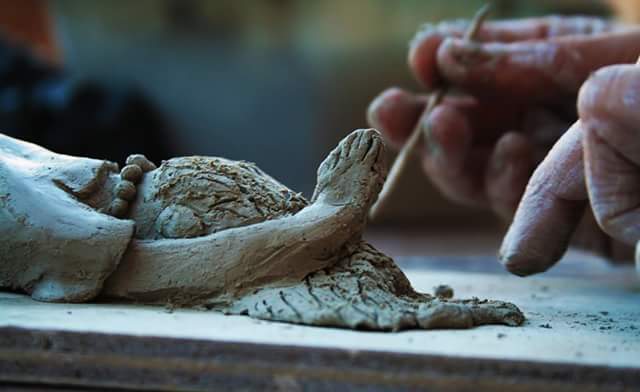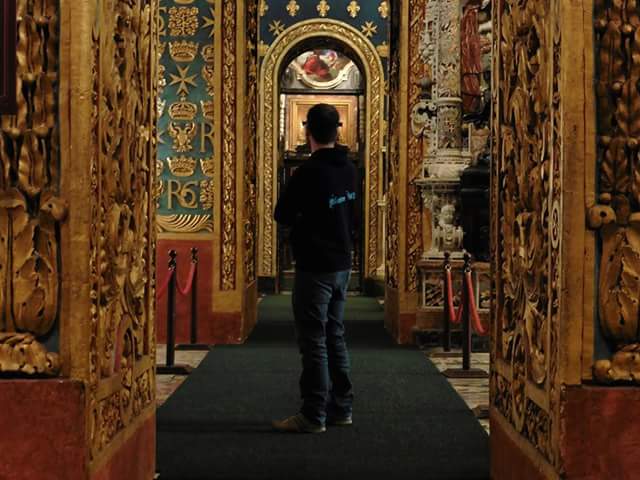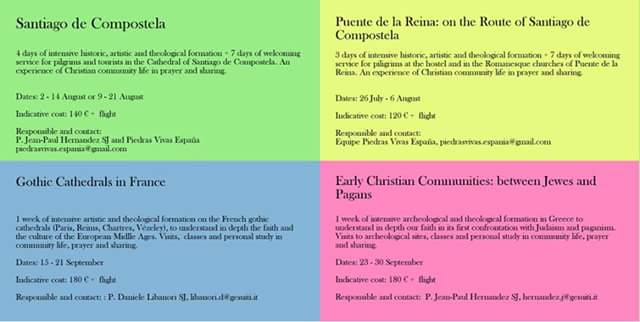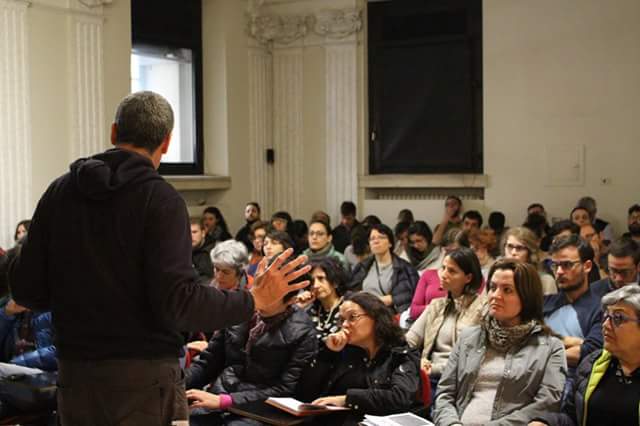“I wanted to ask her how the same thing could be so ugly and so glorious, and its words and stories so damning and brilliant.” (The Book Thief by Markus Zusak)
There must be a reason why this sentence etched itself so deeply into my memory. It doesn’t happen often, so when it does, there simply must be a good reason for it to do so. I keep finding myself returning to this sentence, each time inserting different adjectives – opposites, contradictions – that shouldn’t work together. Words such as distant and close; rich and poor; wretched and peaceful; silent and loud; real and abstract; man and God…you get the picture. In all cases, the sentence holds true.

It seems to me now, that this single sentence is somewhat of a paradigm of the entire human experience. We simply cannot understand the value of one thing without that value which tends to stand on the most distant, opposite end. Can we start to understand the truth, without identifying the non-truths; or true friendship without having suffered betrayal? Can we read a complete sentence, without knowing the value of a single letter? Can we fully appreciate the splendour of a mosaic, without considering the thousands of little glass pieces (tesserae) used to create it? I am convinced the answer is no. So how can we expect to recognise Beauty (yes, with a capital B); or Truth, or Love (all with capitals), or Oneness without first seeing (but it is an ever so small and limited a glimpse) what they are not, through the multiplicity of means and scenarios which we are offered throughout our life, daily?

I am here concerned with Beauty, but since all are connected, one will naturally and inevitably relate to the other in a practically inseparable way. Much has been written about Beauty already, and whatever has been written here has certainly been written elsewhere before. “Art,” claims Pope Francis, “is not only a witness of the beauty of Creation, but it is also an instrument of evangelisation” (‘My idea of art,’ 2015). In other words, art is both passive and active – it is one and the other, and both at the same time. Indeed, the sentence still holds true.
Art is a tool, an instrument, and for a long time in the history of art (and man), Beauty was the insufferable cause and desire of several artists and patrons. All longed for Beauty, many attempted to reach it, and all, of course, failed. Because Beauty, in this sense, is not only unreachable but also unrecognisable. Yet, and here comes the paradox, it is forever approachable. We yearn what we cannot fully have. Still we try to reach it in one way other, and often we do not realise that we are.

What we will possibly find within art is not Beauty itself, but an expression of it, a taste to wet our appetite for the actual thing. And so we ask for more, to see more and know more. But the actual thing we are then looking for, is something art cannot provide us with. It is only an instrument, not the actual music, and it is the music that we desire most to hear.
Giulia Privitelli – Pietre Vive
Throughout the summer period, Pietre Vive is offering numerous formation camps in Spain (Santiago de Compostela and Puente de la Reina), in France (on Gothic art and architecture) and Greece (on early Christian communities, between paganism and jews). Contact [email protected] for more information or [email protected] to get in touch with the local community.






